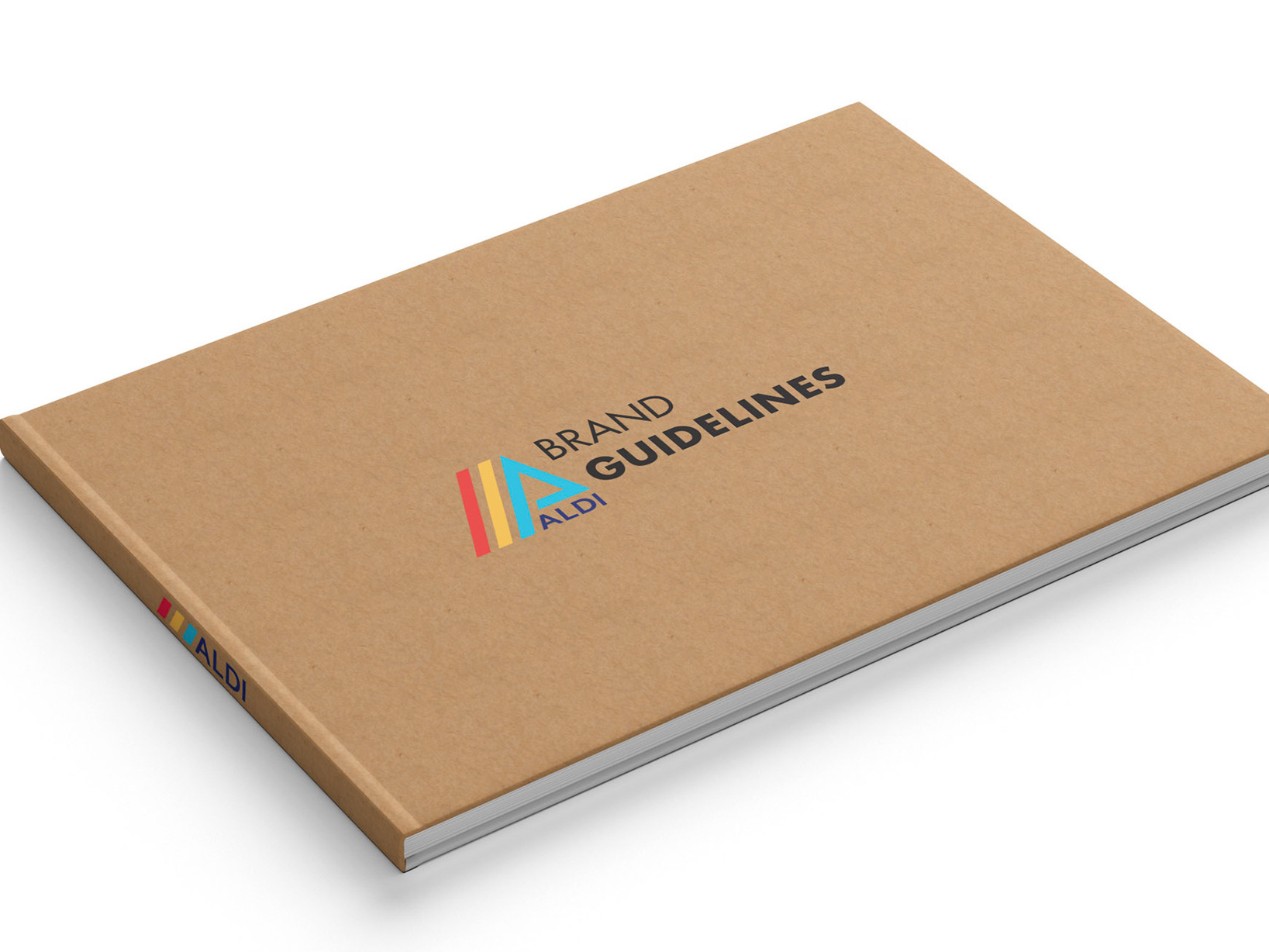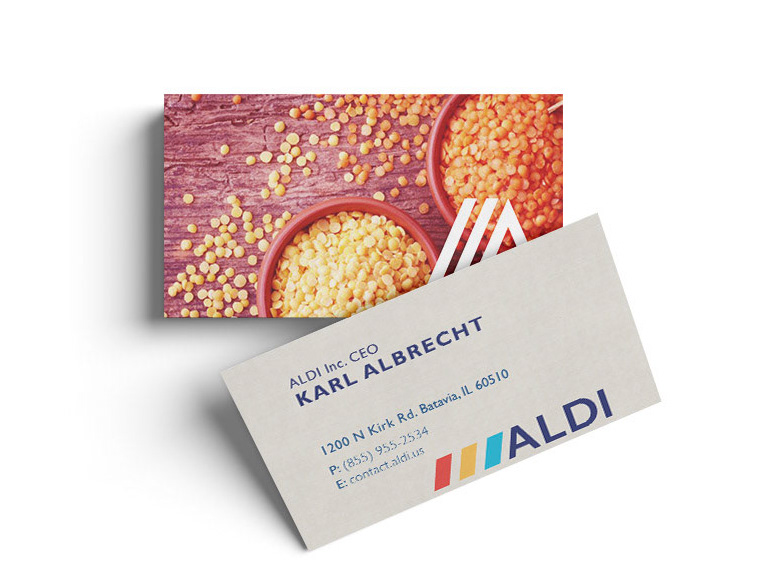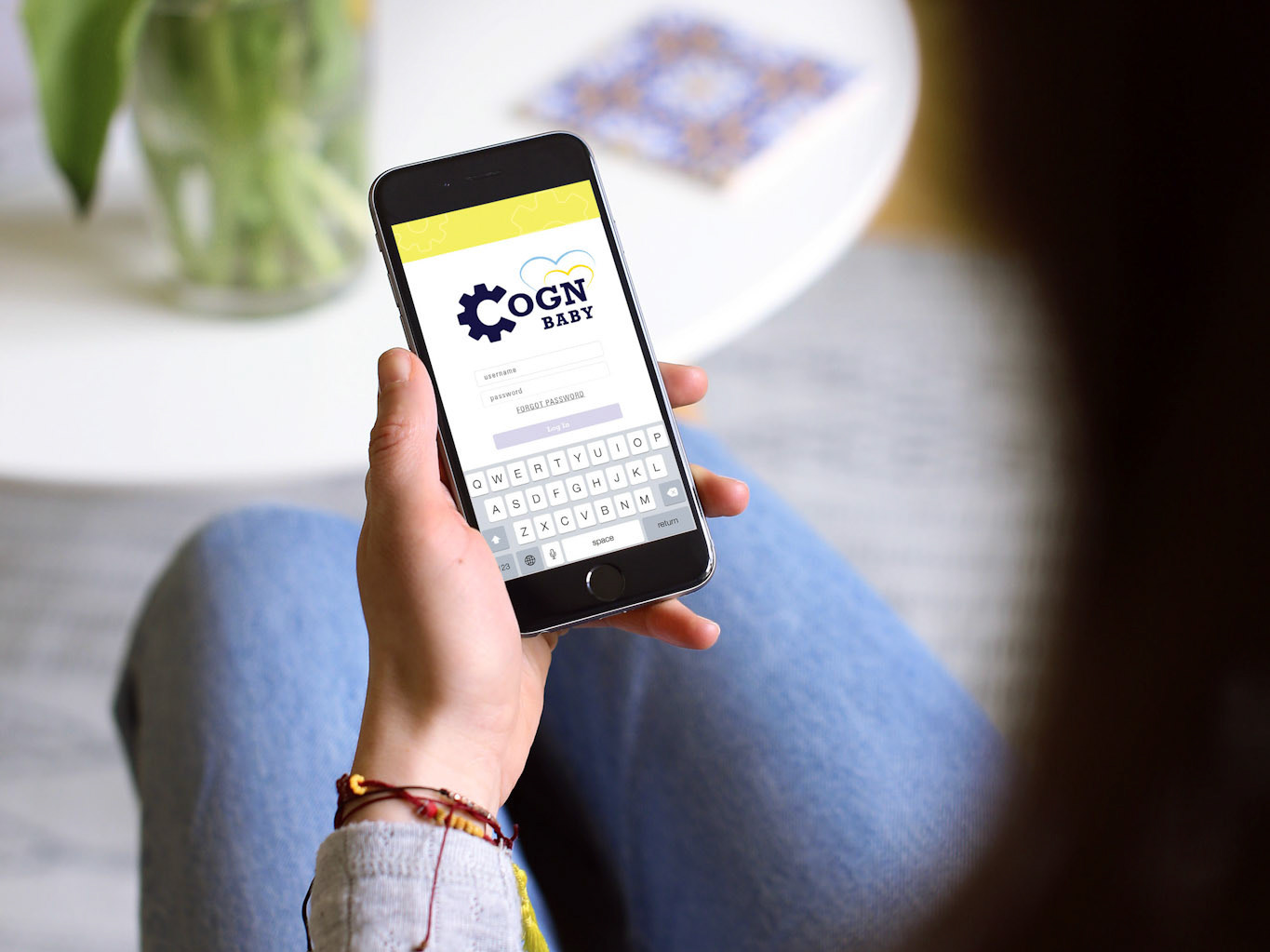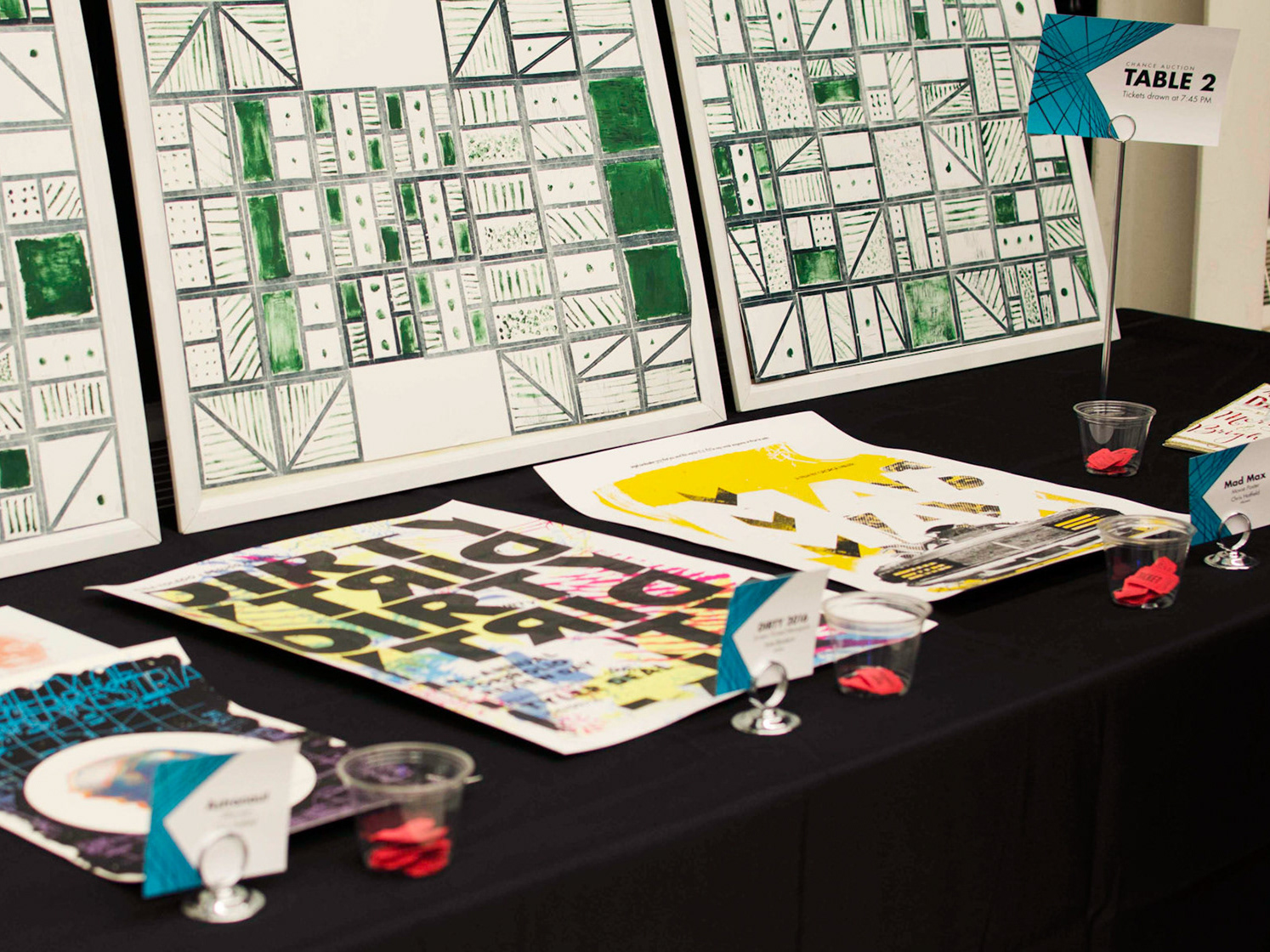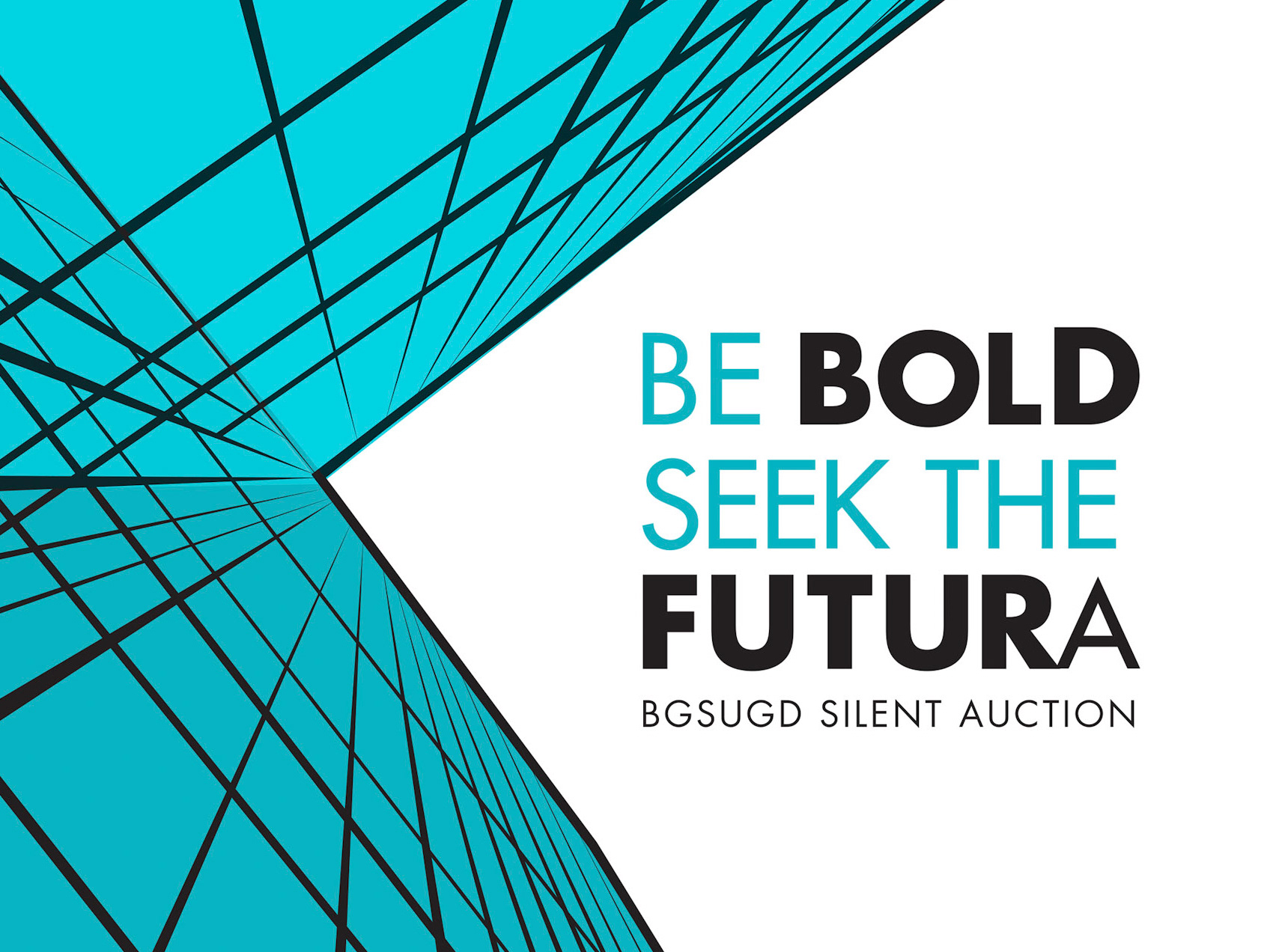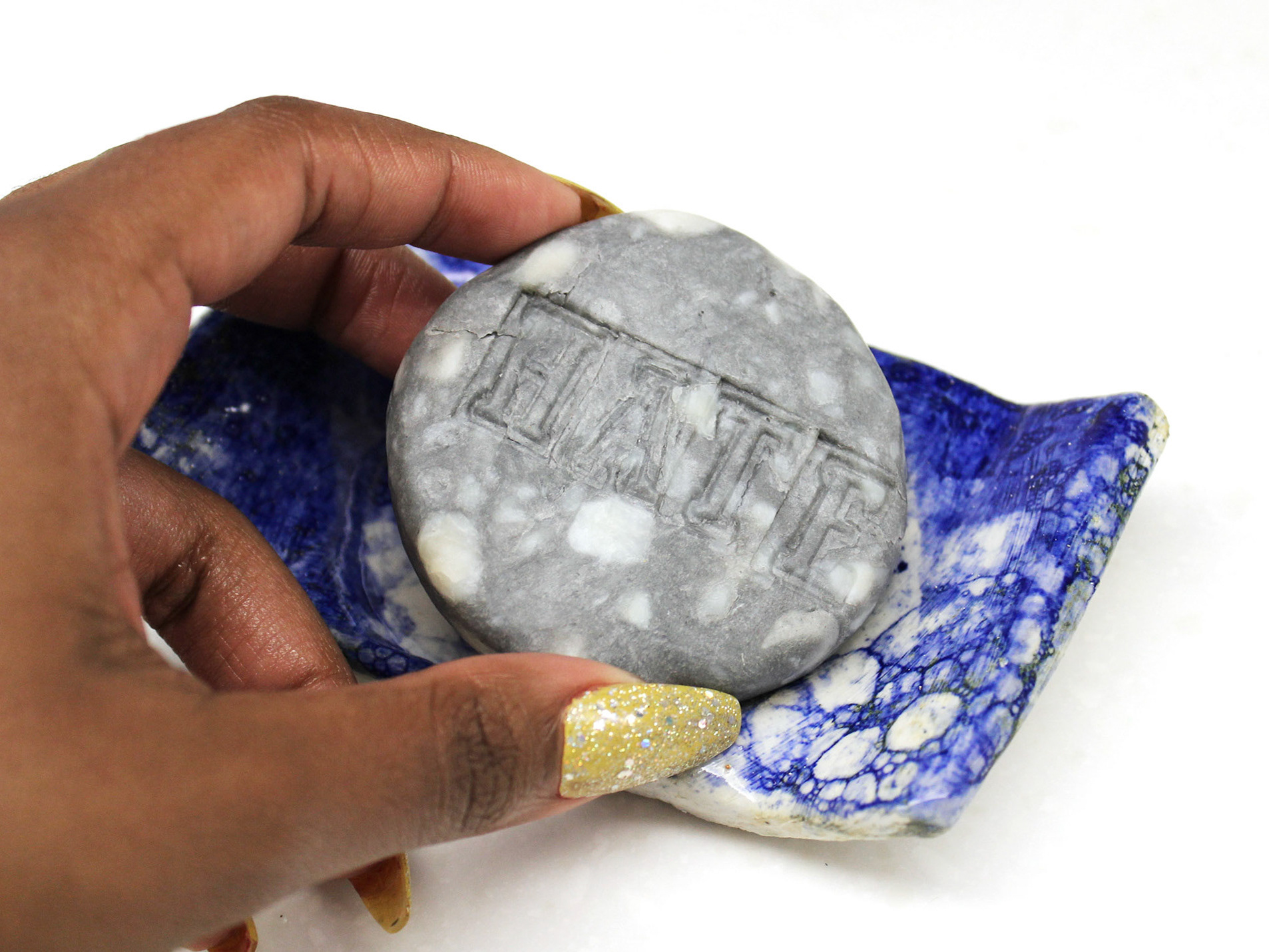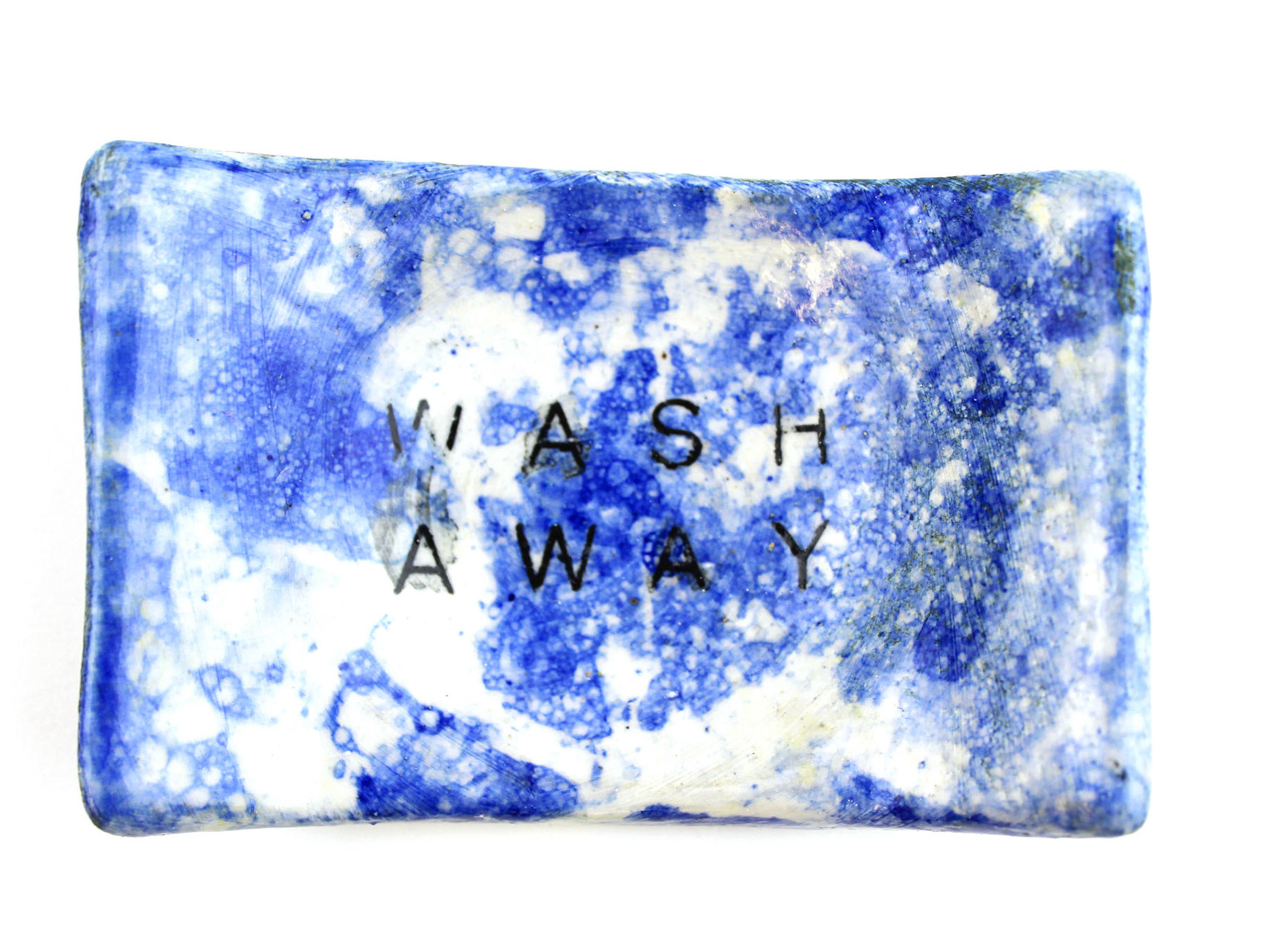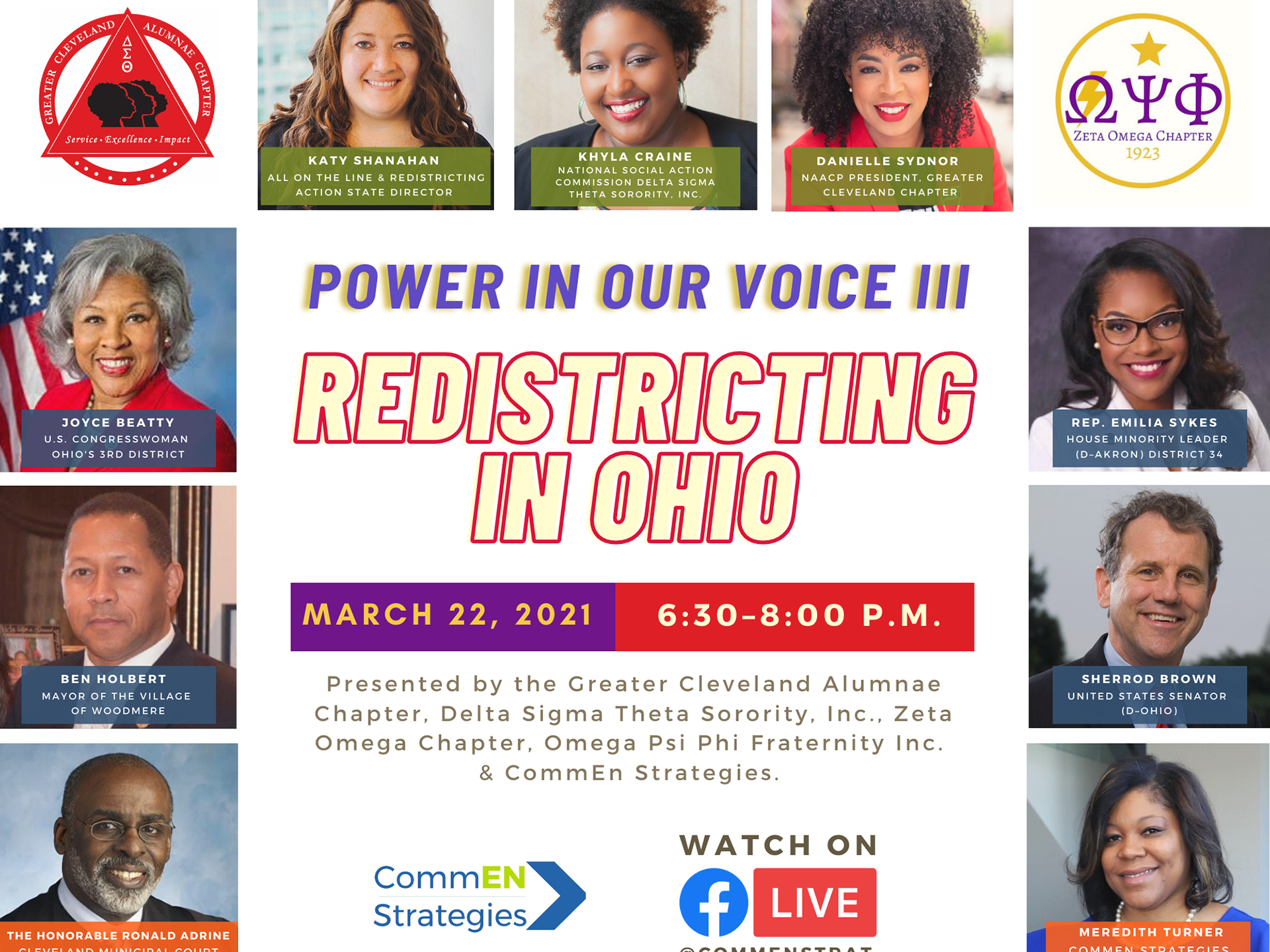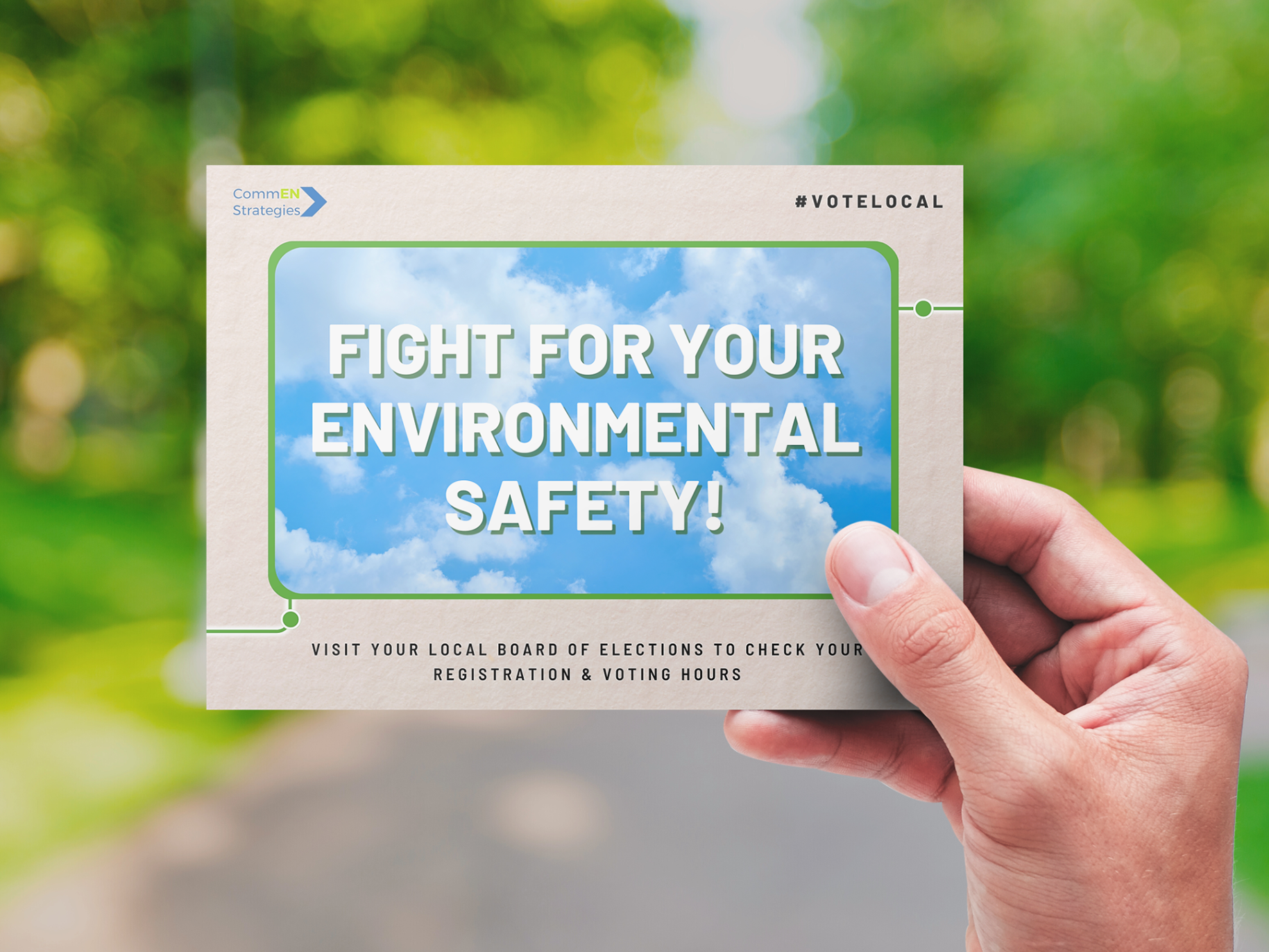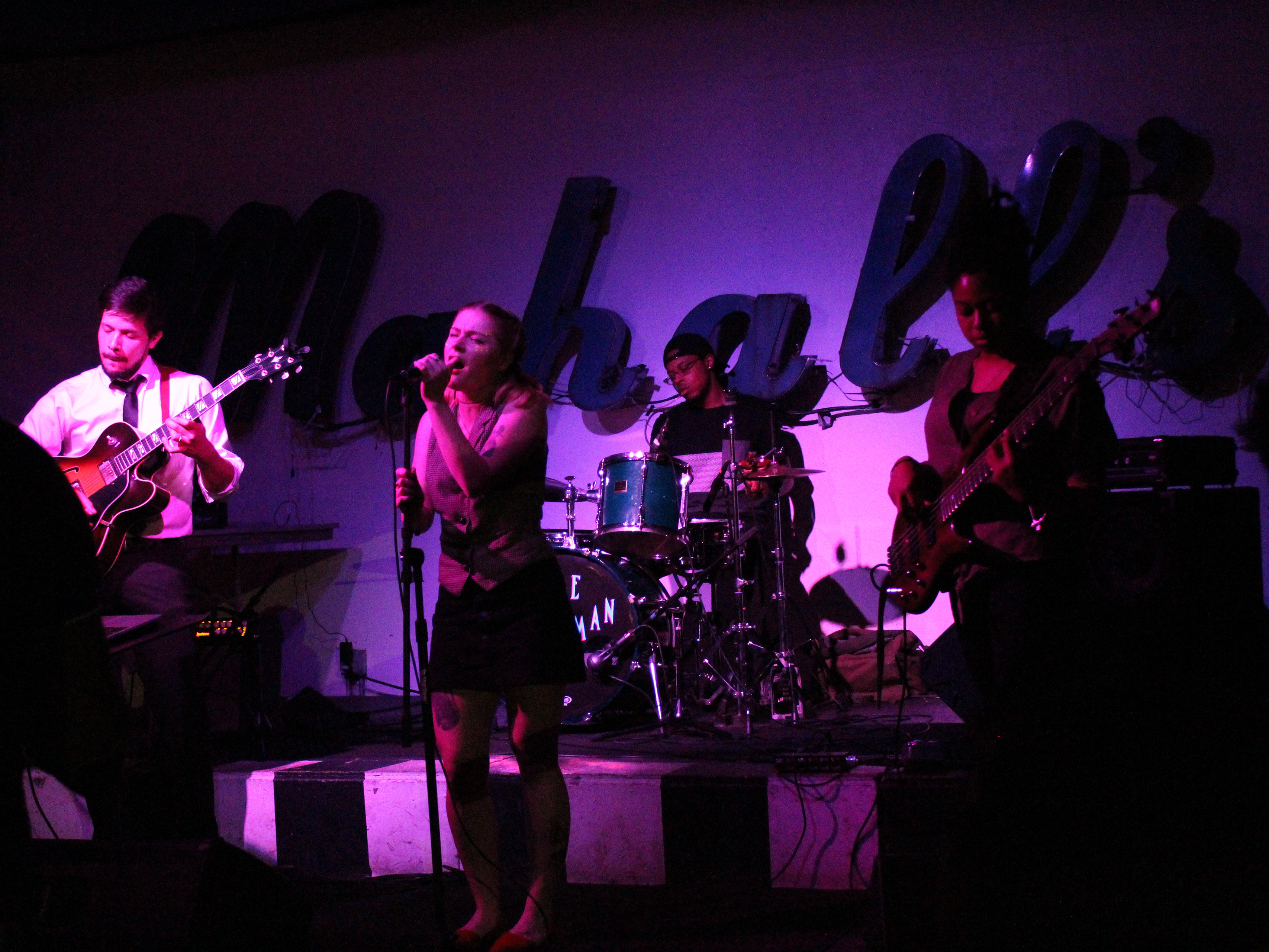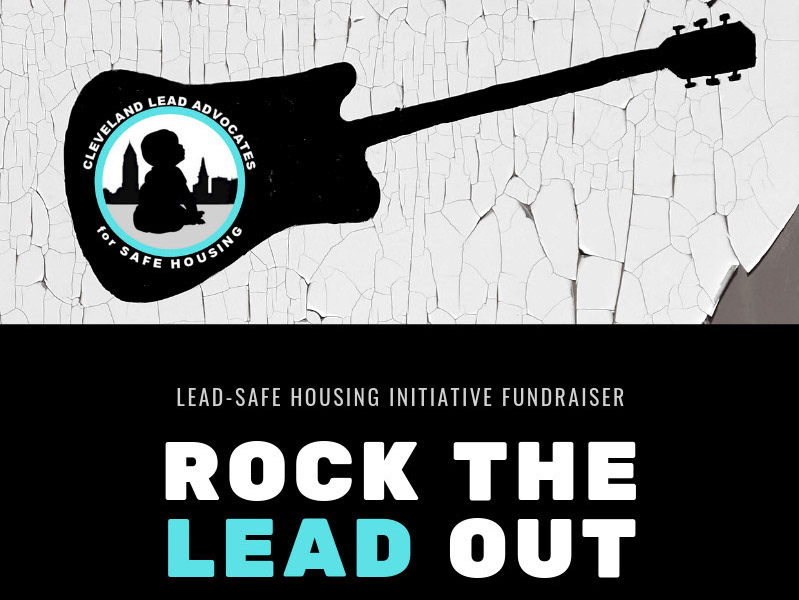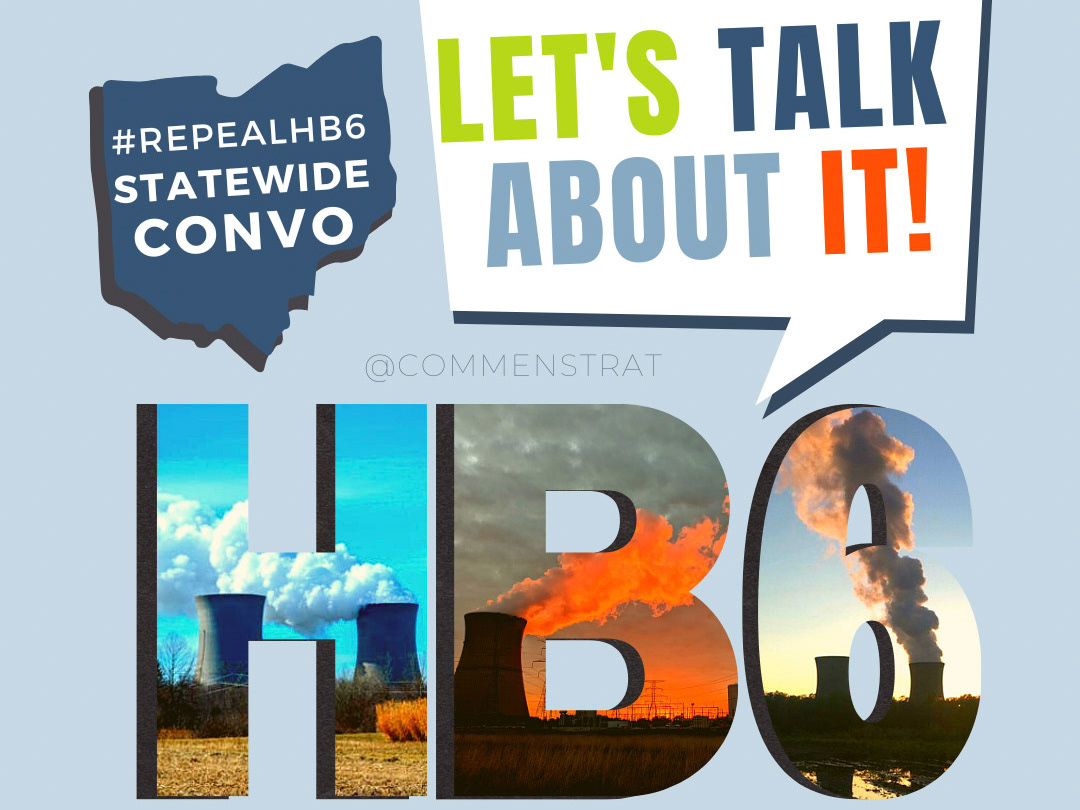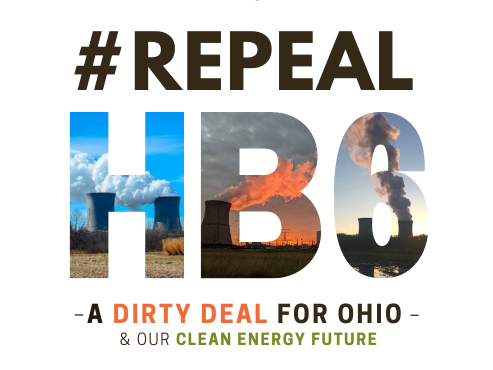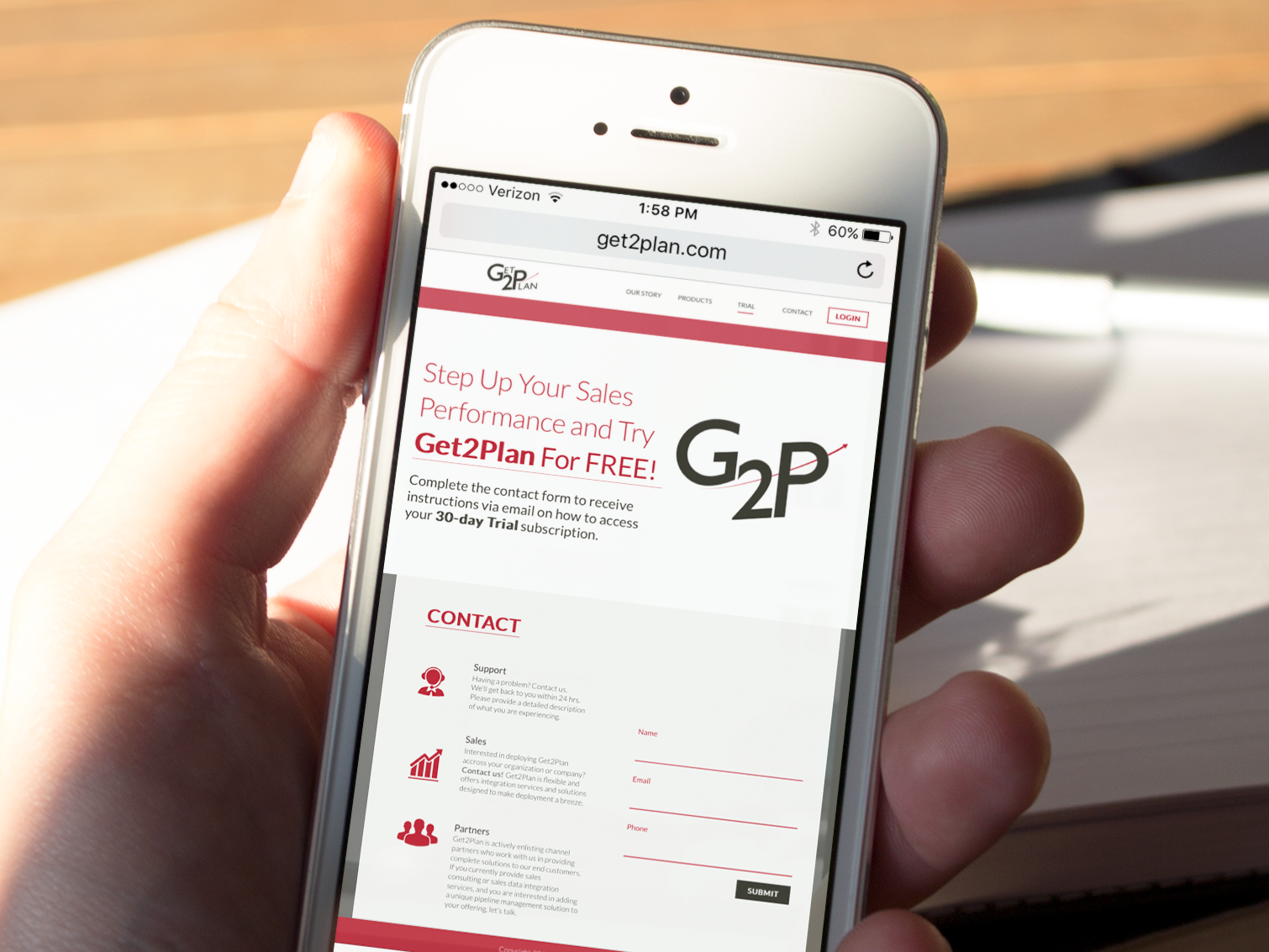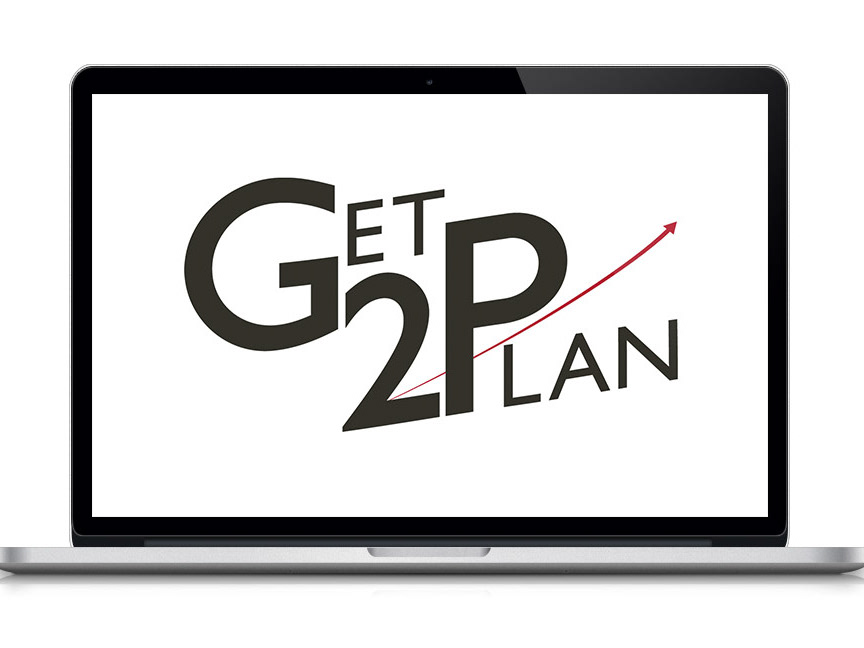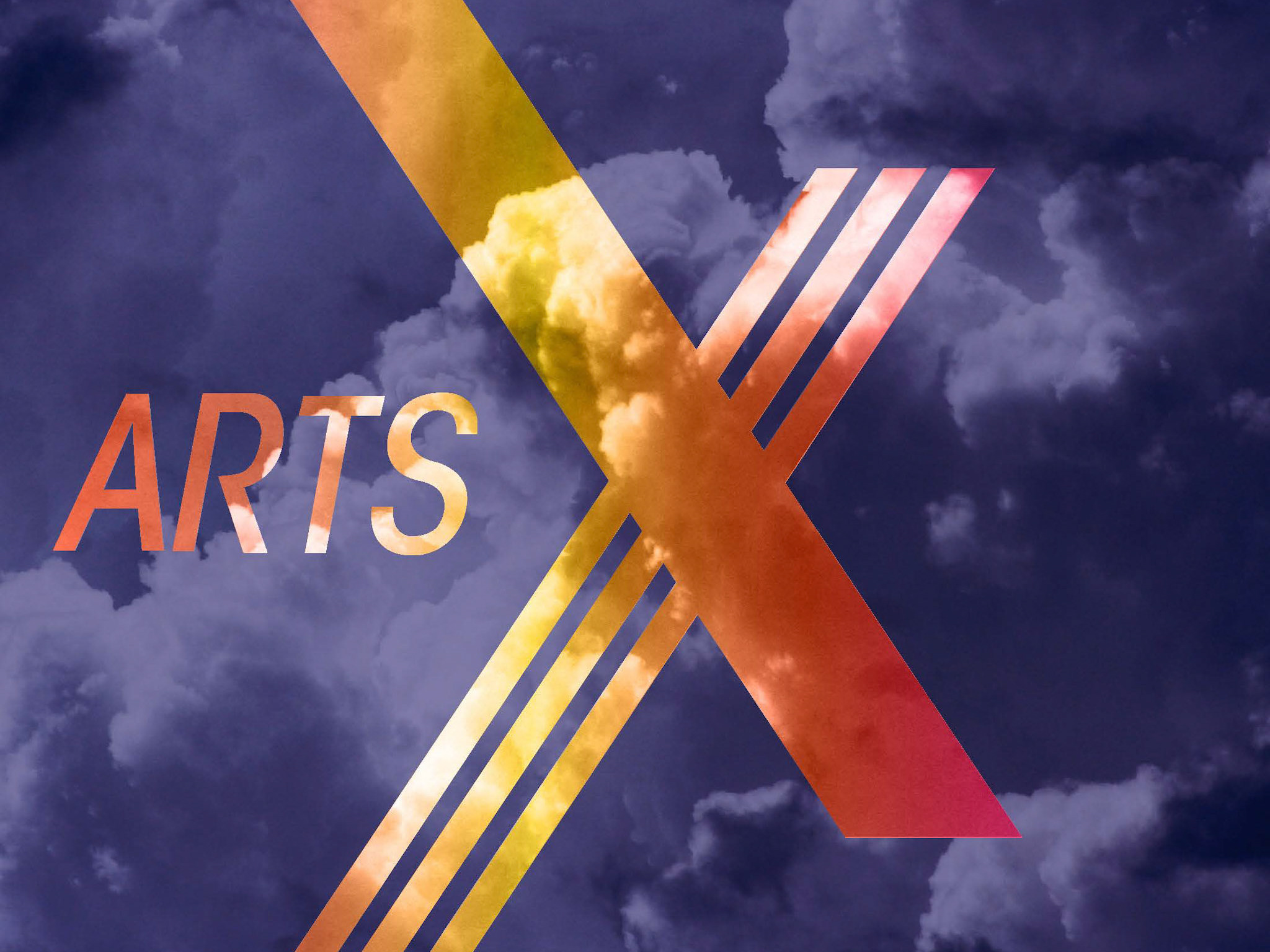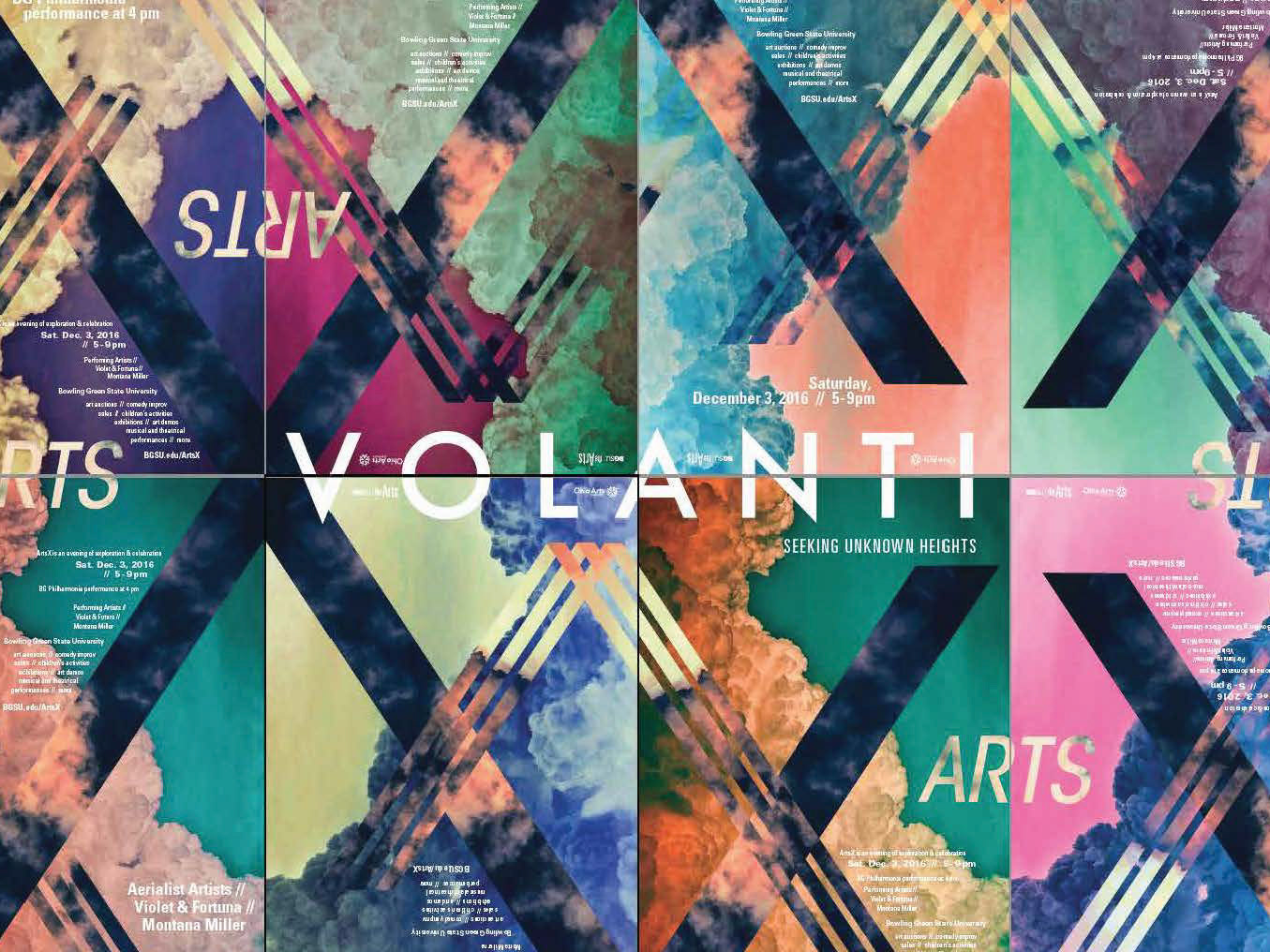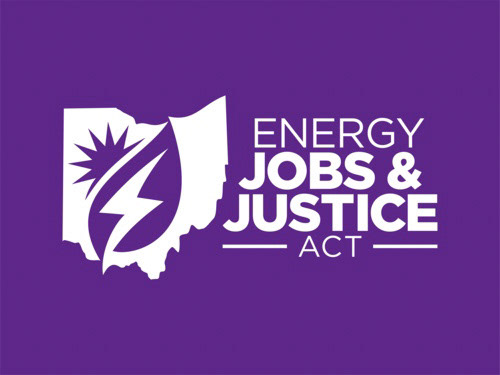In the summer of 2020, I led the statewide advocacy campaign Unemployed Action Ohio for the Ohio Organizing Collaborative during the height of the COVID‑19 crisis. I was the sole staff member managing the campaign, which began as a rapid digital organizing response to widespread confusion and failure within Ohio’s unemployment system.
I regularly attended national coalition meetings to receive federal policy updates and align my organizing strategy and messaging with the national Unemployed Action campaign.
Ohioans were turning to Facebook groups to crowdsource information about filing delays, denials, and disappearing benefits. In response, I coordinated virtual legal aid clinics to help people navigate the unemployment process. While these clinics were time-limited, they were one of the first structured responses in the state and helped identify systemic barriers that were later elevated through direct action.



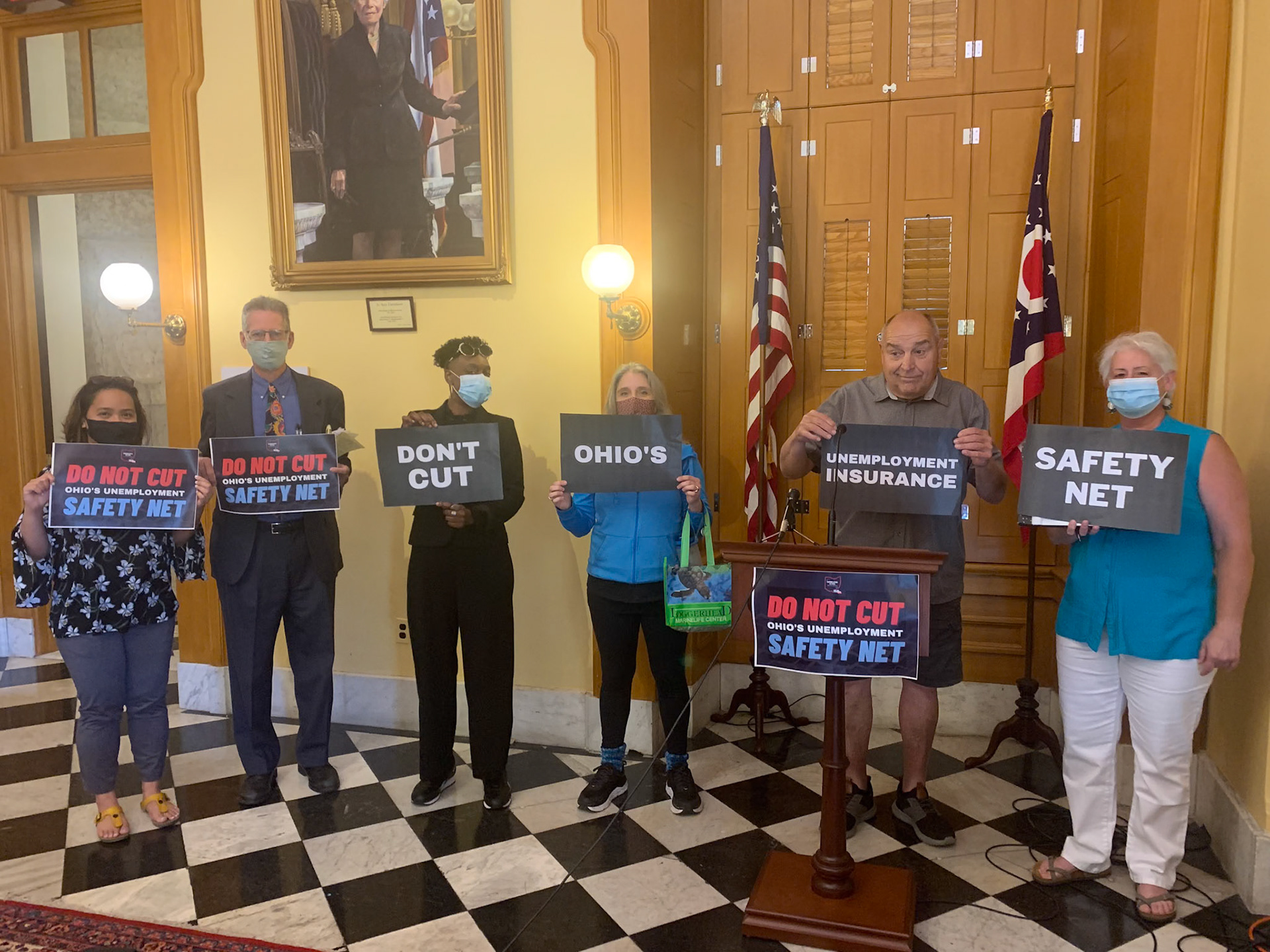
I created a dedicated Facebook page to organize impacted workers to take action. Over the course of 13 months, I organized 15 virtual and in-person actions, including town halls, community forums, and a large-scale press event at the Ohio Statehouse on June 17, 2021.
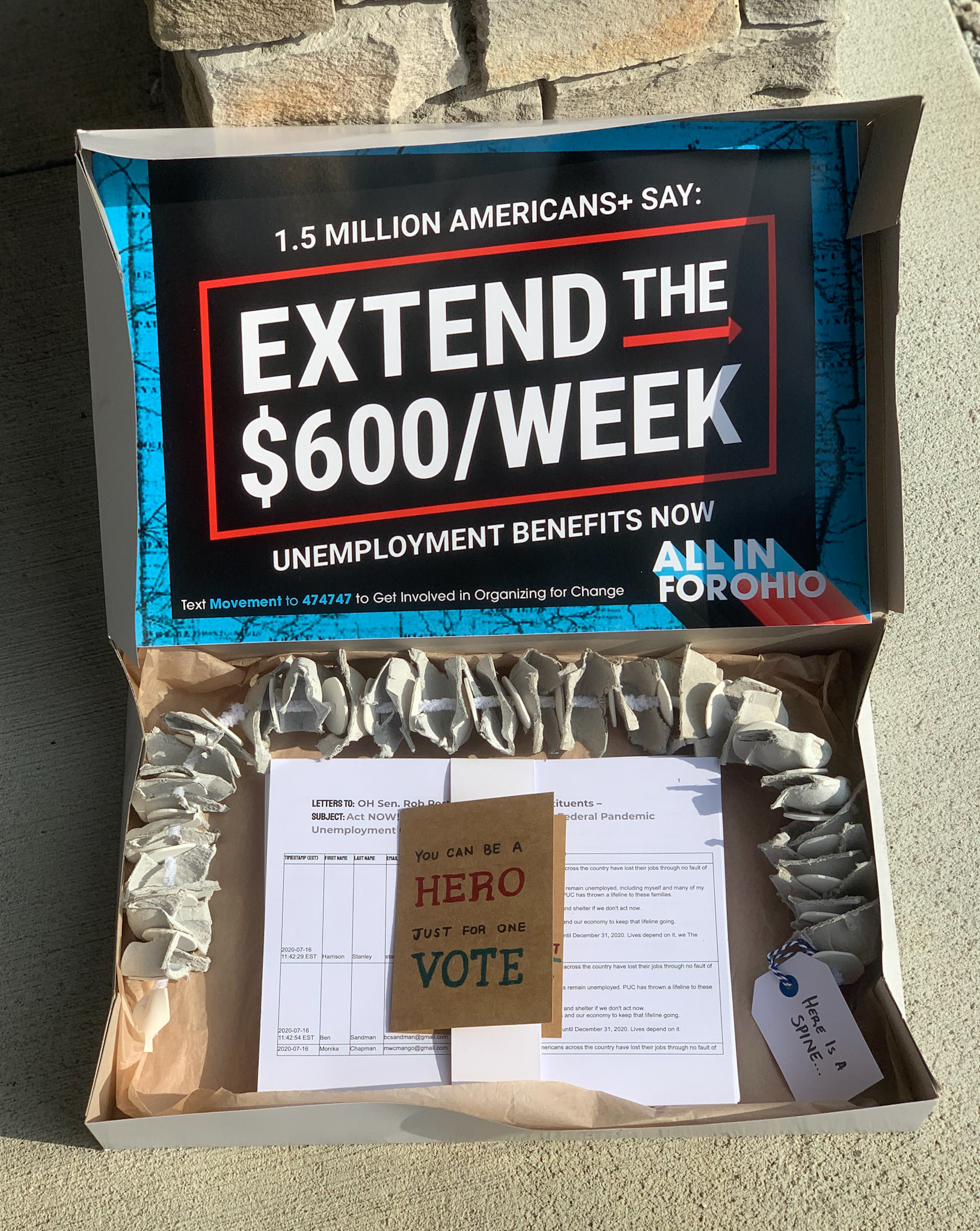


Many of the town hall discussions were co-hosted with Policy Matters Ohio, whose partnership helped connect real-life testimony to policy solutions. We advocated not only to extend federal benefits but also for structural reform. That pressure helped lead to the formation of The Ohio Unemployment Compensation Modernization and Improvement Council, where I testified directly to advocate for system-wide change.


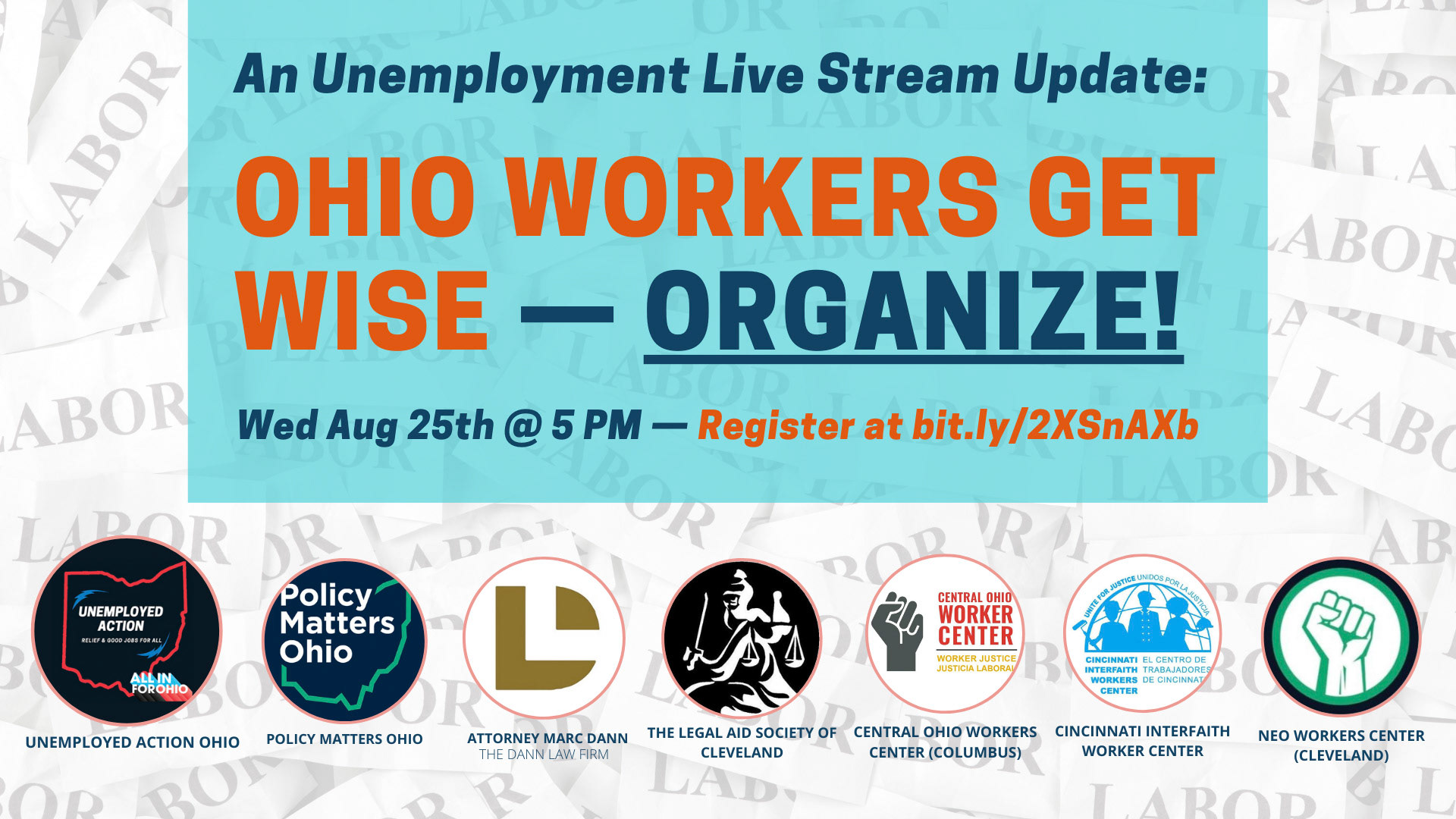
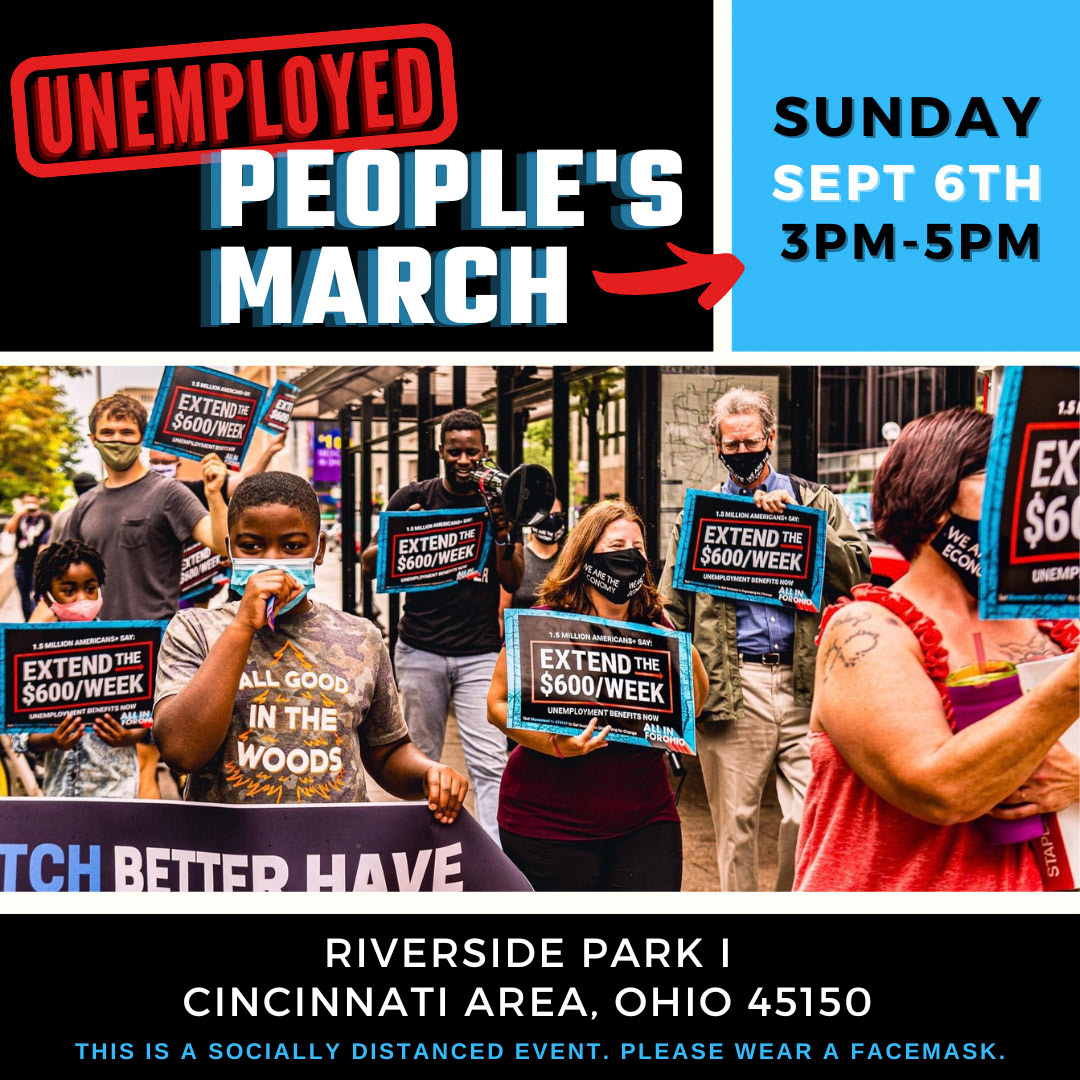


In addition to organizing public actions, I facilitated weekly online organizing meetings with impacted workers across the state. These meetings built community, helped participants draft public testimony, and served as strategy sessions to shape future actions. I also managed the campaign’s email program and Action Network infrastructure, drafting petitions, letter campaigns, and event registration forms while growing the list and improving open and action rates.
As a Facebook group admin, I maintained member data logs and developed targeted content to boost shares, impressions, and engagement. I ran a digital advertising campaign that moved a base of working people into deeper online involvement and offline participation. My work also involved translating complex federal updates and policy shifts into clear, actionable insights for an audience actively seeking answers.


Throughout the campaign, I maintained consistent brand narrative and messaging across platforms. We achieved a 26% conversion rate between site visits and petition signatures, and a 27% average engagement rate across social platforms during a parallel GOTV campaign that reached 2.2 million Ohioans. I also wrote press advisories, coordinated media connections, and helped amplify earned media coverage for the campaign.
This included features and worker stories in:
Policy Matters Ohio – "Advocates tell Ohio Senate to take action now to fix unemployment"
Additional regional and national coverage appeared in The Guardian, USA Today, Ohio Capital Journal, Cleveland.com, Dayton Daily News, Columbus Dispatch, and The Plain Dealer.
The campaign centered the voices of people navigating a deeply broken unemployment system and channeled their urgency into sustained political pressure, while validating the lived experiences of thousands of unemployed Ohioans.
While the full $600 federal benefit was not permanently extended, the campaign raised public awareness, exposed critical gaps in the system, and helped lay the groundwork for long-term advocacy to protect unemployed workers.



During the 2020 general election, I supported the communications team at Ohio Organizing Collaborative in their statewide Get Out the Vote (GOTV) campaign. My work focused on assisting with social media content creation, taking photos on site, post scheduling, and maintaining consistent narrative across OOC’s digital platforms.







I contributed to a coordinated social media advertising campaign that reached over 2.2 million Ohioans, and helped ensure messaging clarity and alignment across Facebook, Twitter, and Instagram. Our content achieved an average 27% engagement rate, reflecting strong community resonance during a critical election season.
I also consulted with the Narrative & Communications Director on media outreach and copy, ensuring our messaging was culturally relevant and accessible. This experience deepened my skills in digital political communication while reinforcing the value of storytelling in grassroots voter mobilization.

